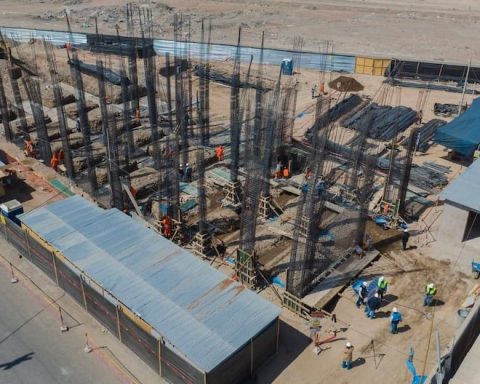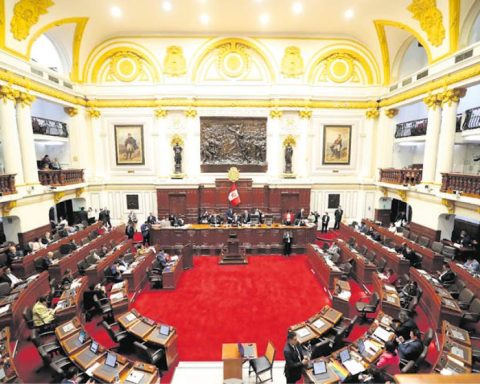The Reserve Bank of Peru It was founded on March 9, 1922 with the purpose of centralizing the issuance of banknotes and the reserves that backed them, which contributed to the ordering of the country’s monetary system.
The board was made up of nine members, of which only three were government representatives and the rest were shareholders of commercial banks. This composition changed with the Kemmerer Mission in 1931, in which the entity acquired the name of the Central Reserve Bank (BCR) and, since its inception, its main function has been monetary stability and inflation control, he stated. Luis Alberto Ariasformer director of the issuing entity.
He argued that the main success factor of this institution has been its human capital and it is that, for around 60 years –almost two thirds of its history–, it is marked by its university extension course, which is practically the only modality of entry of civil servants.
SIGHT: Eliminate dengue breeding sites in the cemetery of Villa María del Triunfo
“The official enters and makes a career in the bank and this has been key to his success. Today, with labor mobility, people stay less time, but this training and formation of human capital is equally important, not only for the BCR, but for the public and private sector in the country.Arias pointed out.
Richard Webbformer president of the BCR, noted that, in the last 40 years, the entity has been becoming more technical in economic matters, having top-level professionals in this field that has allowed Peru to enjoy relative stability for approximately three decades.
“Undoubtedly, controlling inflation has been its raison d’être and it has been reduced to levels that few countries have achieved for a long time”said.
For Arias, since the most important purpose of the bank is to control inflation and there is an independent and autonomous monetary policy, he assures us that, as it has been in the last 30 years, inflation does not exceed 3% and that preserves the value of people’s real wages.
“Several studies show that low inflation is an important factor to ensure the growth and development of the country”I note.
GREATER CONTRIBUTION
In the long history of the bank, explains Webb, there have been renowned personalities who have stood out in different sectors of the political and technical field; however, he recognizes the current president of the entity, Julio Velarde, as the one who has had the greatest representation within the bank since 2006.
Arias highlights that the bank’s greatest contribution to strengthening its institutions is both the training of its human capital and the success it has had in preserving the country’s monetary stability.
Data
The Constitution assigns to the BCR the functions of regulating the currency and credit of the financial system, administering the international reserves under its responsibility, issuing banknotes and coins, and periodically reporting to the country on national finances.
The Kemmerer Mission was a commission of experts led by Edwin Kemmerer, who made monetary reform proposals to Latin American governments.














